Technology already providing significant benefits; much potential to improve pond yields
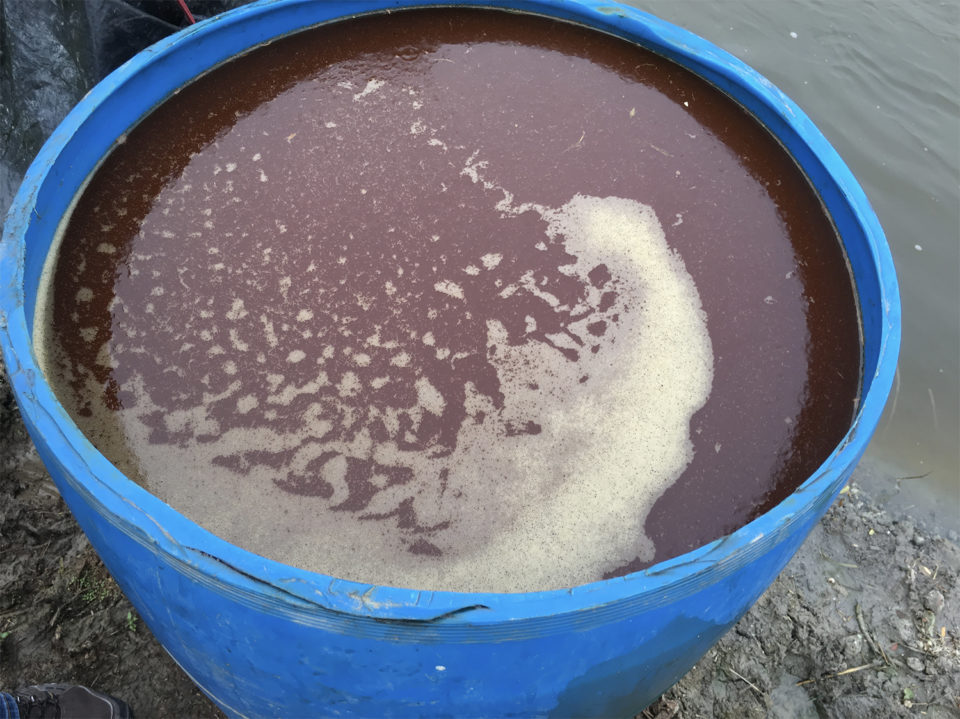
Microorganisms are very important and have critical roles in aquaculture systems, including shrimp farming at both the hatchery and the grow-out level, because water quality and disease control are directly related and closely affected by microbial activity.
Pond microbial communities are a critical and often overlooked component of aquaculture ecosystems in general and are particularly important in shrimp grow-out ponds. Microbial populations play very important roles in ponds, including the recycling of nutrients, primary productivity and the maintenance, regulation and remediation of water and bottom quality.
Probiotics are cultures (single or mixed) of selected strains of bacteria that are used in culture and production systems (ponds, raceways and other systems) to modify or manipulate the microbial communities in the water column and bottom sediments, to reduce or eliminate selected pathogenic species of microorganisms, and to improve growth and survival of the targeted species.
Several commercial probiotic products are available to shrimp producers and many farmers also have their own “recipes” (including the author’s own) developed through trial-and-error and experience. All products and recipes are widely used to promote shrimp health and yield; and to promote and manage the decomposition of sludge and organic waste in shrimp production ponds, tanks and raceways, and to improve the quality of pond effluents if water exchange is practiced.
These communities play a major role in the natural food availability, mineral recycling rates and dissolved oxygen (DO) dynamics in shrimp grow-out ponds. The efficient management of the microbial community can help prevent or reduce the risk of a disease outbreaks, but if mismanaged, the microbial community can also promote disease by creating favorable conditions that enable the growth of pathogenic bacteria.
Microbial management is still a relatively new but certainly a most promising research area for the shrimp farming industry. To better understand the relevance of microbial communities in shrimp production systems and their importance for pond productivity, and to better manage microorganism populations in their shrimp ponds is of much and continued interest to all shrimp farmers.
Modes of action and benefits
The use of bacterial amendments – a technology borrowed from the wastewater treatment industry – has several benefits in aquaculture ponds, including reducing nitrate, nitrite, ammonia and phosphate levels, reducing blue green algae populations and preventing off-flavor, increasing dissolved oxygen concentrations and promoting organic matter decomposition. Probiotics enhance organic matter digestion through the supply of essential enzymes, by moderating and promoting the direct uptake of dissolved organic materials, by active production of pathogen inhibiting substances, and other possible mechanisms.
There are various ways through which probiotics may act in aquaculture systems. Probiotics in ponds act mostly through competitive exclusion, and the microbial species composition in an aquaculture system like an open pond is determined partly by chance, and partly by physiological factors that permit a certain species to grow and divide more rapidly than others, and thus dominate numerically. Thus, fortuitous conditions favor those microorganisms that are in the right place at the right time to benefit from conditions that favor them, such as an abrupt increase in availability of nutrients.
The specific ecological applications of microbial ecology management in shrimp ponds include to optimize nitrification rates to keep low ammonia concentrations; to optimize denitrification rates to eliminate excess nitrogen from ponds as nitrogen gas; to maximize carbon mineralization to carbon dioxide to minimize sludge accumulation; to maximize primary productivity that stimulate shrimp production and also secondary crops; and to maintain a diverse and stable pond community where undesirable species do not become dominant.
Expert opinions on the potential of using microbial biotechnology or bioaugmentation to improve aquaculture production differ, but mostly favor their use and strongly advocate microbial technology in shrimp pond grow-out.
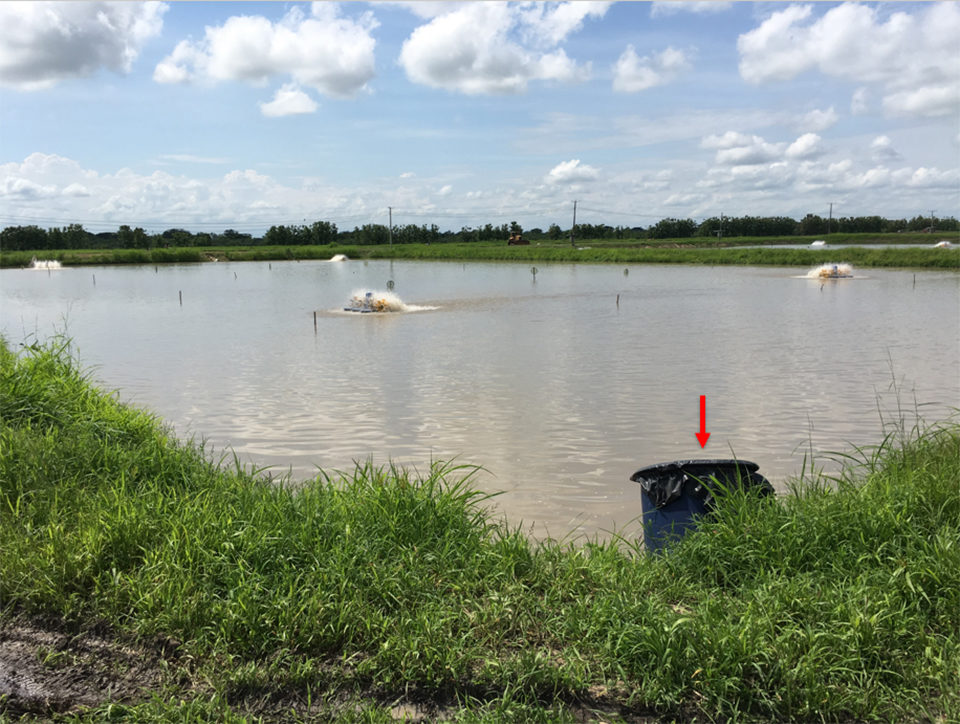
Probiotics and pond microbial management
The environmental conditions in shrimp ponds must be efficiently managed so that the addition of probiotics such as Bacilluscultures can have a significant beneficial effect. The gram-positive (bacteria that test positive in the Gram stain procedure, which rapidly categorizes bacteria into two broad categories based on characteristics of their cell walls) Bacillusgroup produce several exoenzymes that are very efficient at breaking down polymers and other large compounds – such as proteins, cellulose and starch – into smaller units and competently degrade organic material and detritus in the ponds.
But for these bacteria to become dominant and efficiently degrade organic matter, environmental conditions in ponds must have adequate levels of dissolved oxygen, pH and essential nutrients so that the bacterial amendment activity is not limited. And in fact, some suppliers of commercial bacterial amendments are not well informed regarding the environmental conditions required for their products to be most efficient, and often do not inform their clients. One key component for bacterial amendments to work efficiently.
An adequate pond probiotics program requires careful control of feeding to prevent overfeeding and avoid stressing animals is a typical component of such programs. Production costs in ponds treated with probiotics are typically higher but the improved yields (total production and larger shrimp size) improve overall profitability and make probiotic management more cost effective than other production management procedures.
In particular, the regular application of bacterial amendments is a critical component in the operation of a shrimp grow-out farm that recirculates its pond water, to support the decomposition organic matter and sludge, to reduce the incidence of pathogenic microorganisms, and to improve overall water quality. When large shrimp farms are converted to water recirculation operations, the entire farm water volume is converted into an autotrophic-heterotrophic biofloc system. To accomplish this requires separate bacterial production facilities within the farm.
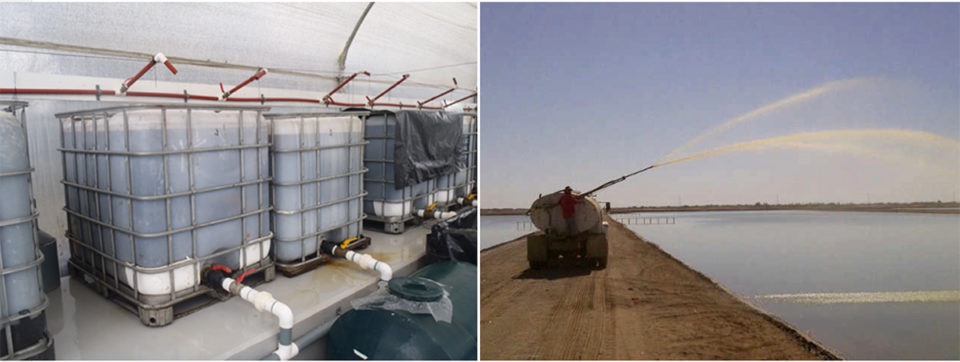
Perspectives
Pond microbial bioremediation or bioaugmentation technology using probiotics already provides significant benefits to shrimp farmers around the world, and is a promising research area to further improve the efficiency of aquaculture systems.
The proper use of shrimp pond probiotics is particularly important to maintain the health and improve yields in highly intensive systems, in the implementation and optimization of low- and zero-water exchange production systems, and to manage and improve the quality of pond effluents.
As with several other areas, more studies are needed to realize the substantial potential that pond probiotics appear to have to improve shrimp farming efficiency and its viability as a sustainable, environmentally friendly industry.
Now that you've reached the end of the article ...
… please consider supporting GSA’s mission to advance responsible seafood practices through education, advocacy and third-party assurances. The Advocate aims to document the evolution of responsible seafood practices and share the expansive knowledge of our vast network of contributors.
By becoming a Global Seafood Alliance member, you’re ensuring that all of the pre-competitive work we do through member benefits, resources and events can continue. Individual membership costs just $50 a year.
Not a GSA member? Join us.
Author
-

Ing. Fernando Huerta
Aquaculture Consultant
Guayaquil, Ecuador[109,111,99,46,108,105,97,109,103,64,110,97,109,114,111,100,97,116,114,101,117,104,102]
Tagged With
Related Posts
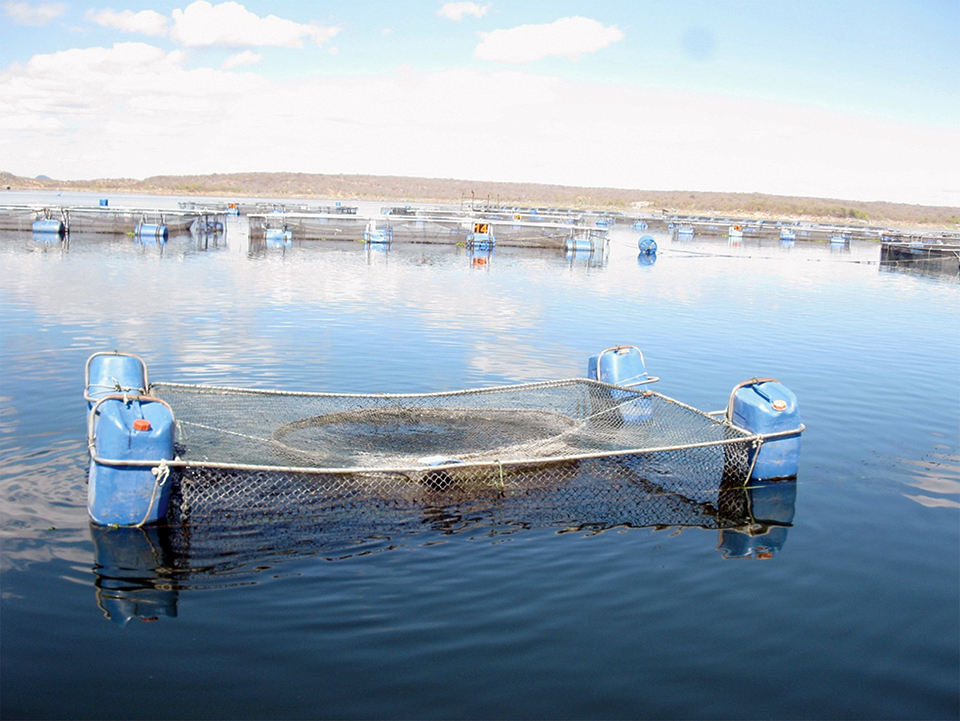
Health & Welfare
Bacillus probiotics benefit tilapia rearing under challenging conditions in Brazil
A recent study that evaluated the benefits of using probiotics with a balanced mixture of Bacillus bacteria strains to inhibit pathogenic bacteria in tilapia.

Health & Welfare
Bacillus probiotics improve hatchery, nursery production in EMS-hit Mexico
In early 2014, a trial to evaluate the effects of a mixture of Bacillus strains on early mortality syndrome bacteria during the larviculture and nursery phases for shrimp was carried out at a commercial hatchery in Mexico.
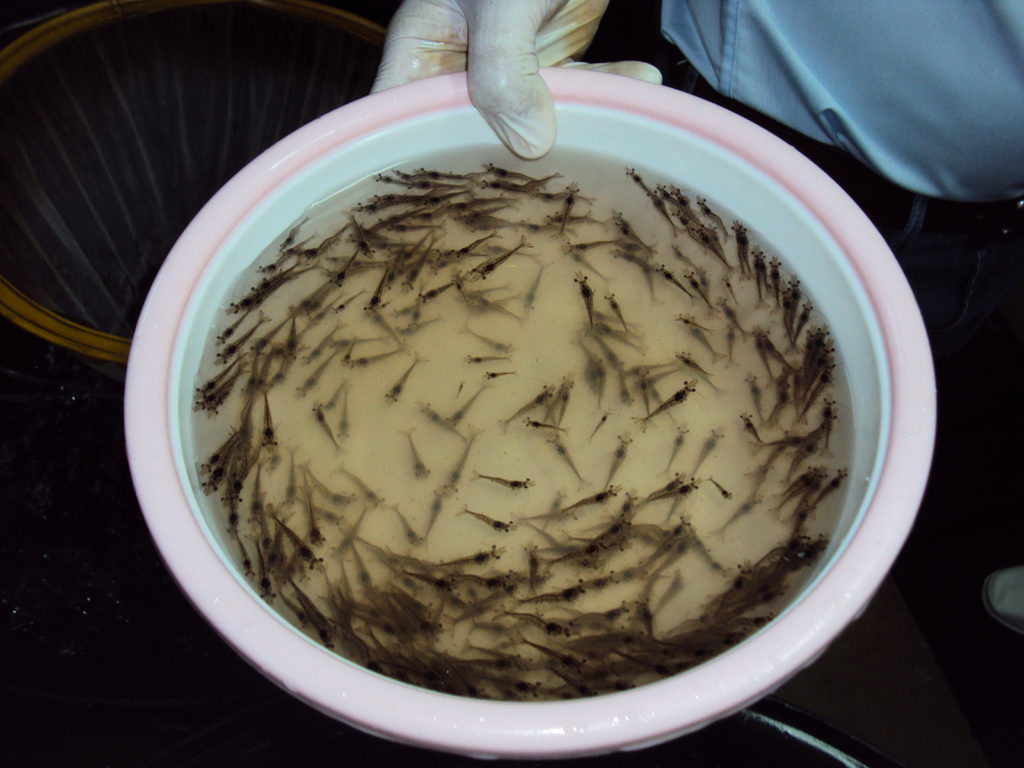
Health & Welfare
Assessment of supplemental Bacillus probiotics in whiteleg shrimp juveniles
Results of a feeding study supplementing probiotics in the diet showed that when the Bacillus species were complemented in an appropriate concentration into feeds, the growth and feed efficiency of whiteleg shrimp could be improved.
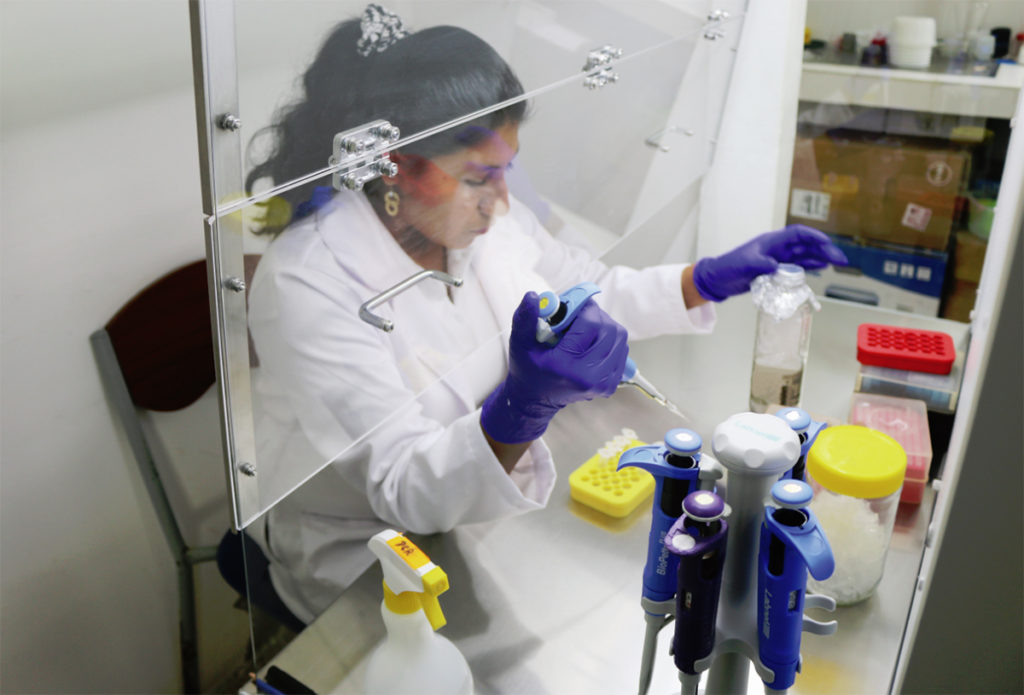
Health & Welfare
Asepsis key to prevent contamination in shrimp hatcheries
Maintaining biosecurity and asepsis in larval shrimp production is a key component of the production chain in Ecuador, which requires the production of 5.5 billion larvae monthly from 300-plus hatcheries.


